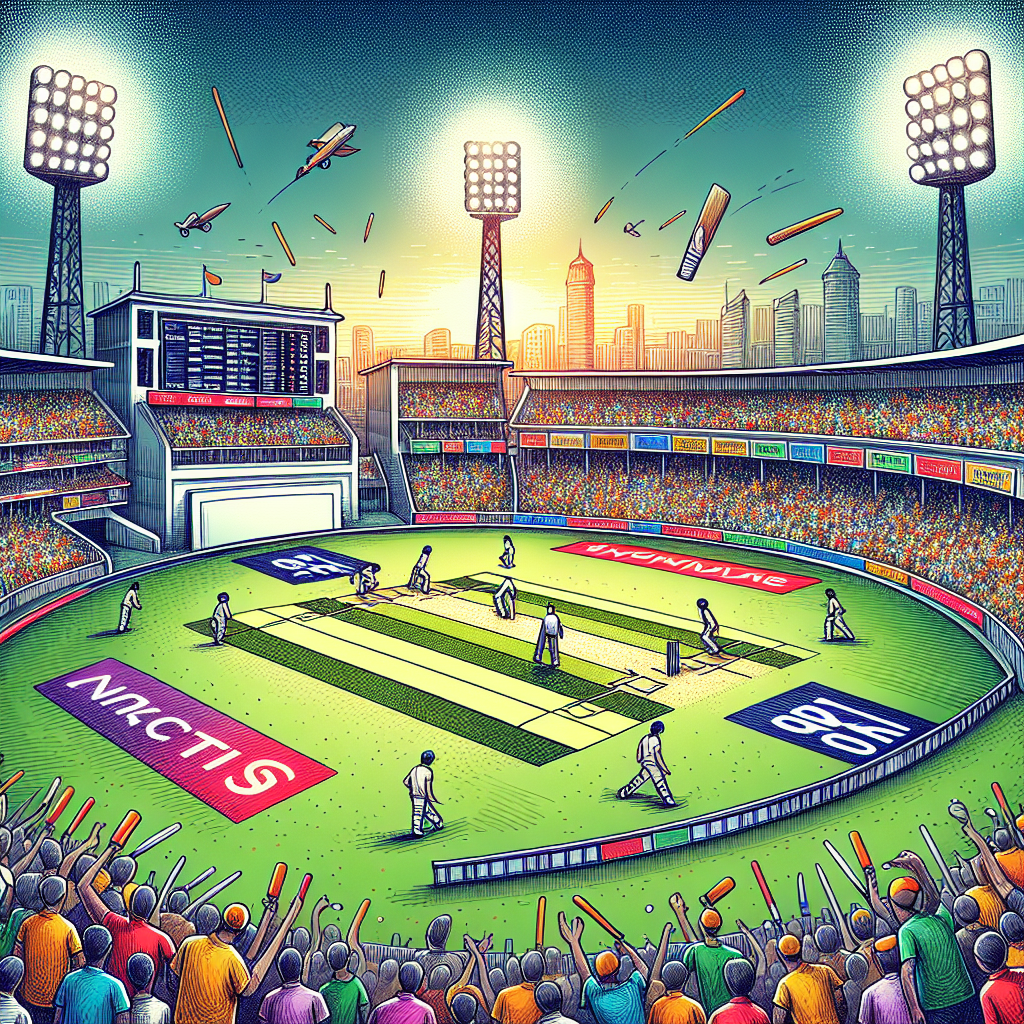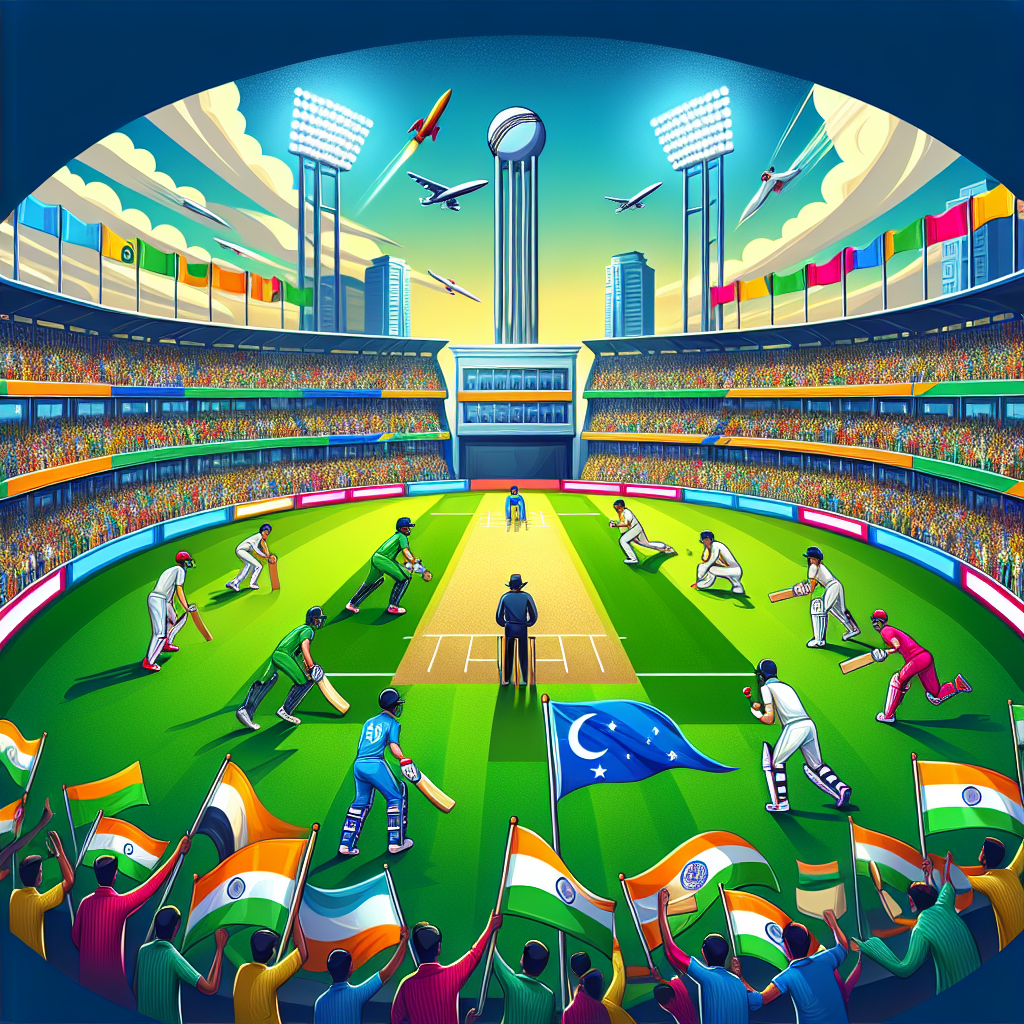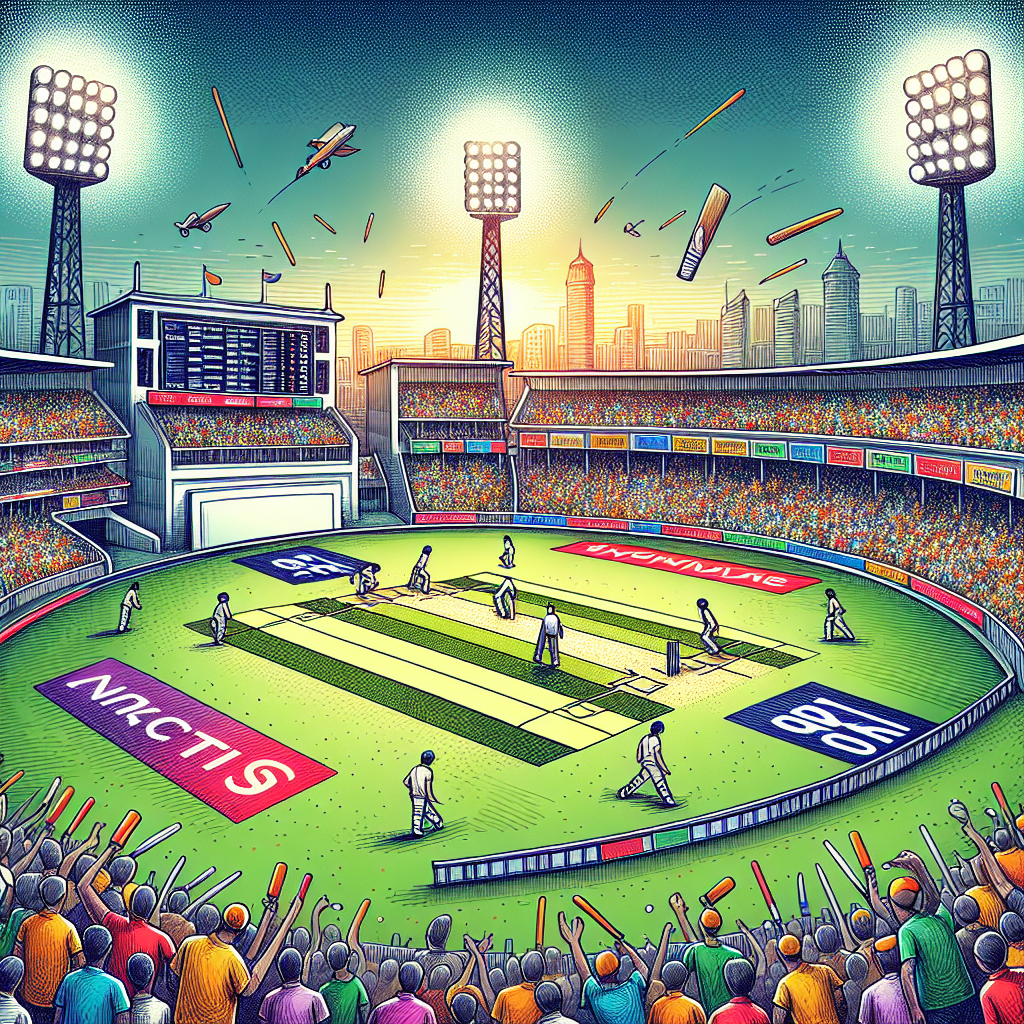Ipl is which type of tournament


The Indian Premier League (IPL) is a professional Twenty20 cricket league in India, which has gained immense popularity since its inception in 2008. It is not just a cricket tournament but a cultural phenomenon that has revolutionized the way cricket is played and consumed globally. This article delves into the intricacies of the IPL, exploring its format, significance, and impact on the world of cricket.
The Genesis of the IPL
The IPL was established by the Board of Control for Cricket in India (BCCI) in 2008. The idea was to create a cricket league that would bring together the best cricketing talent from around the world, packaged in a format that was fast-paced and entertaining. The brainchild of Lalit Modi, the IPL was designed to emulate the success of club-based sports leagues like the English Premier League and the National Basketball Association.
Format of the IPL
The IPL is a Twenty20 (T20) cricket tournament, which means each team plays a single innings, batting for a maximum of 20 overs. This format is known for its brevity and excitement, making it appealing to a wide audience. The tournament typically runs for about two months, usually between March and May, featuring eight to ten teams representing different cities in India.
League Structure
- Round-Robin Stage: Each team plays every other team twice, once at home and once away, in a double round-robin format.
- Playoffs: The top four teams from the round-robin stage qualify for the playoffs, which include two qualifiers, an eliminator, and the final.
- Final: The winners of the two qualifiers face off in the final to compete for the championship title.
Teams and Franchises
The IPL features franchises that are city-based, each owned by a mix of business tycoons, Bollywood celebrities, and other high-profile individuals. The teams are:
- Mumbai Indians
- Chennai Super Kings
- Kolkata Knight Riders
- Royal Challengers Bangalore
- Delhi Capitals
- Sunrisers Hyderabad
- Rajasthan Royals
- Punjab Kings
Each franchise is responsible for assembling a team through an auction process, where players from around the world are bid on. This auction system ensures a mix of international and domestic players, enhancing the league's competitive edge.
Economic Impact of the IPL
The IPL is not just a sporting event; it is a significant economic driver. It has created a multi-billion-dollar industry, contributing to various sectors such as advertising, tourism, and hospitality. According to a report by Duff & Phelps, the IPL's brand value was estimated to be around $6.8 billion in 2019.
Revenue Streams
- Broadcasting Rights: The sale of broadcasting rights is a major revenue source. Star India acquired the IPL media rights for 2018-2022 for a staggering $2.55 billion.
- Sponsorships: The league attracts numerous sponsors, with companies eager to associate with the IPL's massive viewership.
- Merchandising: Team merchandise, including jerseys and memorabilia, contributes significantly to the revenue.
Social and Cultural Impact
The IPL has transcended the boundaries of sport, becoming a cultural event that unites people across different demographics. It has played a crucial role in popularizing cricket in non-traditional markets and has been instrumental in the rise of T20 leagues worldwide.
Case Study: The Rise of T20 Leagues
The success of the IPL has inspired the creation of similar T20 leagues globally, such as the Big Bash League in Australia and the Caribbean Premier League. These leagues have adopted the IPL's model, focusing on entertainment and fan engagement.
Criticism and Controversies
Despite its success, the IPL has faced its share of controversies. Issues such as match-fixing, spot-fixing, and conflicts of interest have occasionally marred its reputation. The 2013 spot-fixing scandal, involving players from the Rajasthan Royals, was a significant setback, leading to stricter regulations and oversight.
The Future of the IPL
The IPL continues to evolve, with plans for expansion and innovation. The introduction of new teams, technological advancements in broadcasting, and enhanced fan experiences are on the horizon. The league's ability to adapt and innovate will be crucial in maintaining its status as the premier T20 tournament globally.
Conclusion
The Indian Premier League is a unique blend of sports, entertainment, and business. It has redefined cricket, making it more accessible and engaging for a global audience. The IPL's success lies in its ability to bring together diverse talents and cultures, creating a spectacle that is both competitive and entertaining. As it continues to grow and evolve, the IPL will undoubtedly remain a cornerstone of the cricketing world, inspiring future generations of players and fans alike.





